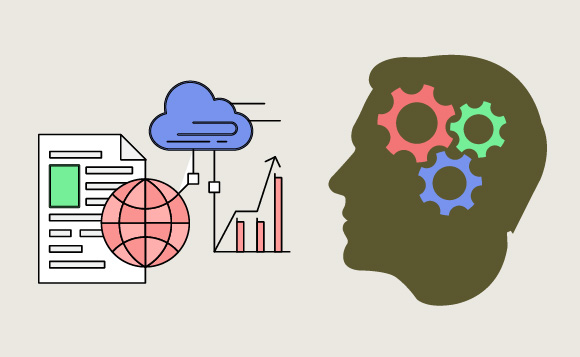
When it comes to web development, there are many active parts of a development team who, for the most part, work in synchrony to facilitate maximum productivity and at a reasonably measured duration. Groups such as UX designers, content editors, developers and even marketing team must collaborate with each other to create that perfect workflow symphony that leaves everyone satisfied at the end of each day or development cycle. That and, of course, getting the work done.
To achieve good coordination, the only sufficient way for any team (web development or otherwise) to create and maintain a sufficient environment is working with a good project manager. Project managers are responsible for holding everything together, ensuring that the development cycle is at a consistent and adequate tempo for everyone. They are in charge, therefore, of making sure that everyone is doing their job when they should be doing it.
Project management in web development requires the person in charge to have some essential attributes. Furthermore, there are some things that they must pay full attention to before, during, and after the development cycle. These five crucial elements include:
Goals and Objectives
Project managers must be well aware of the objectives which the development team aims to achieve at the end of the project. This would mean, therefore, that they must be an active part of the decision-making processes that take place before development begins. When a project manager is well aware of the objectives to be met, they can arrange their team in a way that maximum productivity will be attained. It also gives them an overview of vital details such as requirement specifications of the project at hand. These details will come in handy when deciding what is to be done first and who is going to do it.
Areas and Levels of Expertise
If a project manager wants to have a fully sufficient team for development, they must know the expertise areas of each individual involved in the project. Furthermore, they must be well aware of the level of expertise that each player holds in the team. This knowledge comes in handy when the assignment of roles comes into play. Adequate knowledge about the expertise will allow them to arrange teams in a way that will not only get the job done in time but also allow individuals to learn from one another and grow together. It will also be useful in avoiding conflict among team members, which will slow down progress. Placing too many experts on one team, for example, may lead to conflict over which methods should be chosen in the development of a specific module.
Time
In any project, time is a crucial factor that must be considered at all time. Project managers must always be aware of the time in which the project is set to be completed. Using this knowledge, they will be able to allocate time effectively to each task at hand, keeping in mind which task is likely to take longer than others. Prioritizing development schedules will also be easier if the time allocation is well known. Furthermore, they will more easily allocate the time when each member should arrive and leave the working locations, depending on when their tasks are set to be done.
Feedback
In every web development task, feedback is not only expected, but it is also required. Feedback from both internal and external sources is crucial because it provides the basis for troubleshooting, changing and improving the website. Project managers must come up with practical ways of receiving feedback so that they can get an overall attitude towards the development and make changes accordingly. Through feedback, a project manager can evaluate how well the team is coordinating, how effectively each group is working on tasks as well as what needs improvement or change so that the process of development is made more accommodating.
Technological updates
Technology today is changing at too rapid pace. It is almost impossible to keep up. However, with proper management, development groups can always have the upper hand with adequate knowledge of technologies. As development languages are modified and altered to fit into more environments, project managers must keep themselves aware of these changes and ensure that their process of development is up to speed with changes. By doing so, they will ensure that their system is updated and less prone to bugs or attacks from malicious sources. Because languages are getting simplified, project managers can alert developers so that tasks which required more complex code and debugging so that they can maneuver around these tasks with newer, simpler code.
Awareness of these new technologies will also be helpful in the implementation of web applications. Project managers should have the upper hand so that once development is through, implementation will be done seamlessly and intricately to fit into the demands of the ever-changing web.


